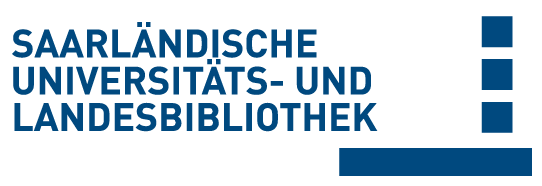Please use this identifier to cite or link to this item:
doi:10.22028/D291-22738 | Title: | The role of nicotianamine in the metal homeostasis of Arabidopsis thaliana |
| Other Titles: | Die Rolle von Nikotianamin im Metallhaushalt von Arabidopsis thaliana |
| Author(s): | Schuler, Mara |
| Language: | English |
| Year of Publication: | 2011 |
| SWD key words: | Ackerschmalwand Metall Eisen Bioverfügbarkeit Nicotianaminsynthase Transport Xylem Phloëm |
| Free key words: | Arabidopsis thaliana Eisen Nikotianamin YSL FRD3 metals metal chelator iron Fe yellow stripe-like YSL nicotianamine transport xylem phloem FRD3 Ferric Reductase Defective |
| DDC notations: | 570 Life sciences, biology |
| Publikation type: | Dissertation |
| Abstract: | The non-proteinogenic amino acid nicotianamine (NA)chelates and transports essential metal ions in plants. The enhancing effect of NA on the bioavailability of metals makes it appealing for biofortification approaches. The goal of this project was the localization of NA activity and the elucidation of a concrete function of NA in Fe and Cu translocation throughout the plant using the model plant Arabidopsis thaliana.
Arabidopsis has four NICOTIANAMINE SYNTHASE (NAS) genes. To investigate NA function two quadruple nas mutants, named nas4x-1 and nas4x-2 were analyzed to study NA function in Arabidopsis: nas4x-2 had a full loss of NAS function, was sterile, and suffered from severe chlorosis in young leaves. nas4x-1 had residual NA contents, was still fertile and developed a interveinal leaf chlorosis upon transition from vegetative to reproductive stage. The obtained results indicate that NA participates in the phloem-dependent Fe transport and in the phloem- and xylem-dependent Cu transport in plants. Thereby NA has a distinct function in the phloem unloading process of metals in young growing tissues, reproductive floral organs and seeds. Moreover, NA is required for the remobilization of metals from old leaves to the inflorescence. These findings are fundamental for plant manipulation approaches to increase the amount of bioavailable Fe in seeds through the genetic modification of the NAS genes. Die nicht-proteinogene Aminosäure Nikotianamin (NA)chelatiert und transportiert essentielle Metallionen in Pflanzen. NA hat einen positiven Effekt auf die Bioverfügbarkeit von Metallen und ist deshalb ein attraktives Ziel zur genetischen Modifikation in der Herstellung von verbesserten Kulturpflanzen. Hauptziel dieser Arbeit war die genaue Lokalisierung der NA Aktivität und die Entdeckung ihrer konkreten Funktionen im Fe und Cu Haushalt der Pflanze. Arabidopsis hat vier NICOTIANAMINE SYNTHASE (NAS) Gene. Die Funktion von NA wurde anhand von zwei vierfach nas Mutanten, nas4x-1 und nas4x-2, untersucht. Die fertile nas4x-1 Mutante hatte detektierbare, jedoch stark reduzierte NA Gehalte, was sich in der Entwicklung einer intervenalen Blattchlorose beim Wechsel vom vegetativen zum reproduktiven Wachstumsstadium äußerte. Die NA-freie nas4x-2 Mutante dagegen war steril und entwickelte eine starke intervenale Blattchlorose in jungen Blättern. Die Ergebnisse dieser Arbeit haben gezeigt, dass NA eine wichtige Rolle im Phloem-Fe-Transport und im Phloem- und Xylem-Cu-Transport spielt. Dabei hat NA eine konkrete Funktion in der Phloementladung von Metallen in jungen, wachsenden Geweben, in reproduktiven Blütenorganen und in Samen. Darüber hinaus wird NA in der Remobilisierung von Metallen aus Blättern zur Fe und Cu Versorgung der Infloreszenz gebraucht. Diese Erkenntnisse sind fundamental für die Verbesserung der Fe Bioverfügbarkeit in Samen durch die genetische Modifikation der NAS Gene. |
| Link to this record: | urn:nbn:de:bsz:291-scidok-43279 hdl:20.500.11880/22794 http://dx.doi.org/10.22028/D291-22738 |
| Advisor: | Bauer, Petra |
| Date of oral examination: | 2-Sep-2011 |
| Date of registration: | 19-Sep-2011 |
| Faculty: | NT - Naturwissenschaftlich- Technische Fakultät |
| Department: | NT - Biowissenschaften |
| Collections: | SciDok - Der Wissenschaftsserver der Universität des Saarlandes |
Items in SciDok are protected by copyright, with all rights reserved, unless otherwise indicated.

